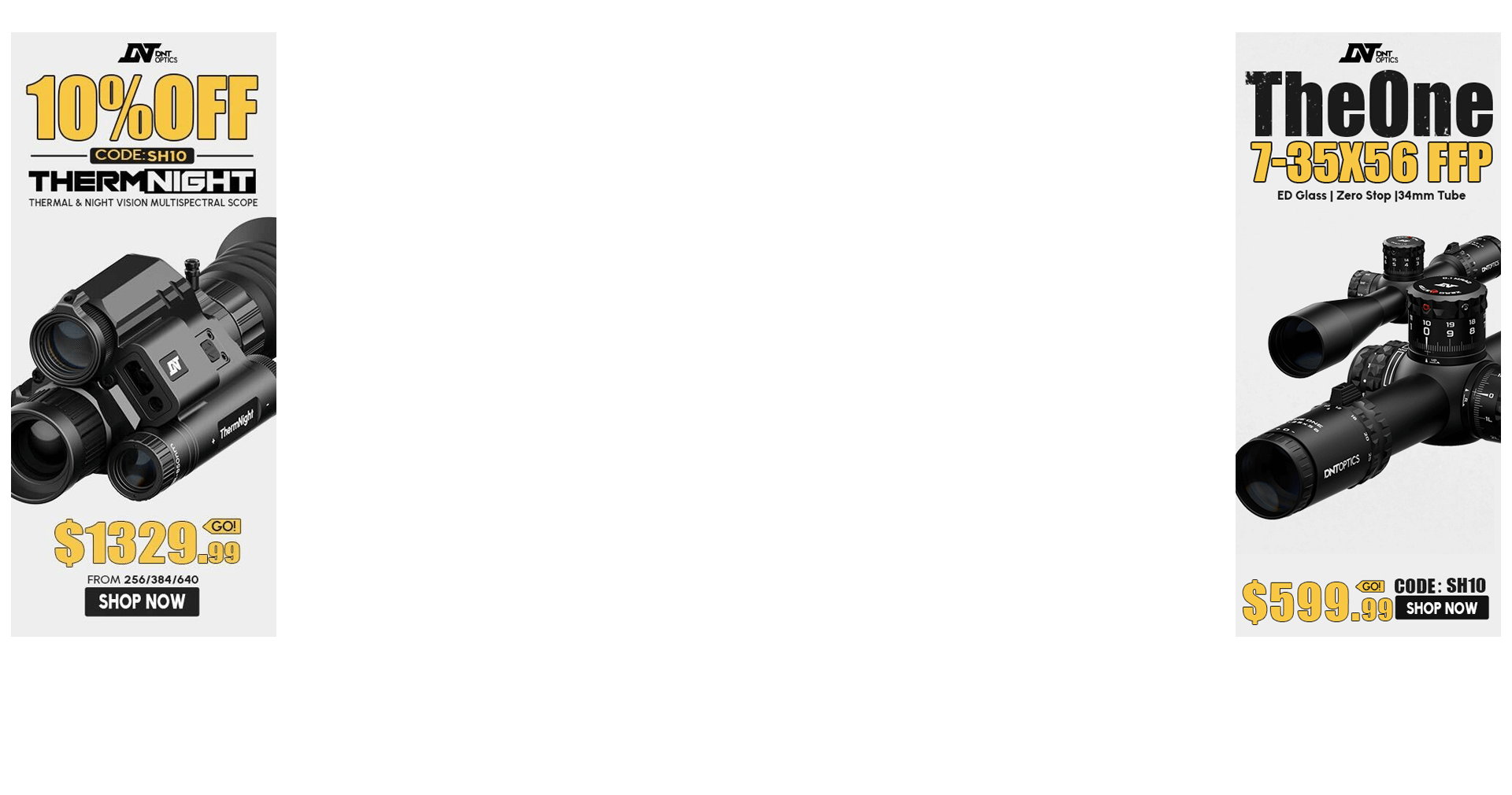I've noticed that it seems easier to shoot sub MOA the further out I move the target. Is that normal, why is that? I understand that 1MOA @ 100y is 1 inch and at 300y it's 3 inches, but I don't feel like that should make it 3x easier since it's 3x as far. My expectations were that the difficultly would scale linearly with distance.
I only have access to a range that goes out to 300 yards but I've noticed that I struggle to shoot sub MOA at 100 yards, I normally average about 1-1.25 MOA at 100 yards. However when I move out to 300 yards I consistently shoot well under 1 MOA. On average I tend to shoot around 0.3 - 0.5 MOA at 300. Tonight I somehow shot a 0.16 MOA 3 round group at 300y with gusting winds which absolutely blows my mind. I doubt I'll ever achieve that again.
I'm shooting with Horney ELD-M 6.5 Creedmoor FYI.

I only have access to a range that goes out to 300 yards but I've noticed that I struggle to shoot sub MOA at 100 yards, I normally average about 1-1.25 MOA at 100 yards. However when I move out to 300 yards I consistently shoot well under 1 MOA. On average I tend to shoot around 0.3 - 0.5 MOA at 300. Tonight I somehow shot a 0.16 MOA 3 round group at 300y with gusting winds which absolutely blows my mind. I doubt I'll ever achieve that again.
I'm shooting with Horney ELD-M 6.5 Creedmoor FYI.
Last edited:

